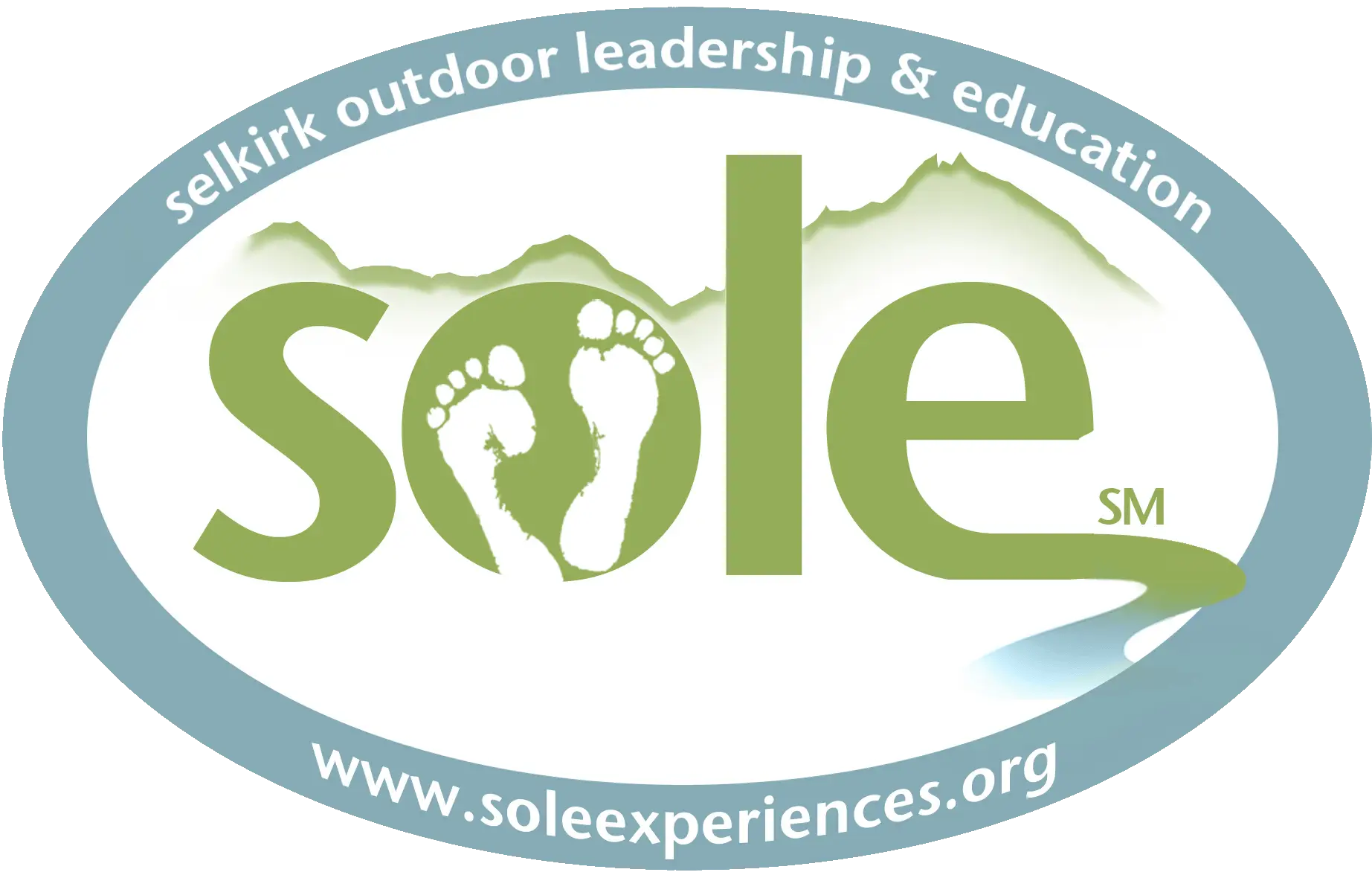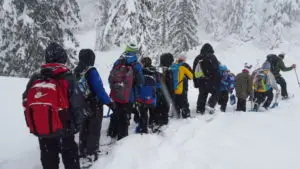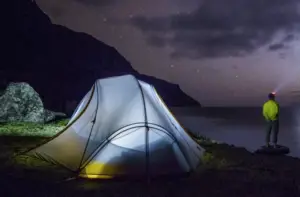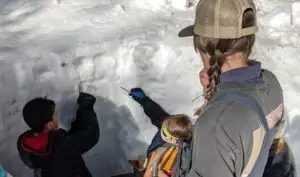Truth be told, it’s been a long time coming. Yep you guessed it – avalanche education in the United States has just made a major shift. As an educator that values consistency in teaching and outcomes for students – I’d say the avalanche education Rec | Pro split is for the better. Thanks impart to a partnership between the American Avalanche Association (AAA) and the leading avalanche education providers throughout the nation including the American Institute for Avalanche Research and Education (AIARE), American Avalanche Institute (AAI), and the National Avalanche School the avalanche education industry will be moving towards more continuity (similar to our Canadian neighbors).
What actually is the Rec | Pro Split, and why is it necessary?
The former avalanche education progression was quite cumbersome, which included the Level 1, Level 2, Level 3 progression for all users despite individualized needs. Blending the recreation user with the professional is challenging for both the educator and student alike due to the varying needs related to course content and student outcomes. Needless to say, we were thrilled to hear that these two “tracks” will now be separated. Avalanche education providers, like SOLE’s AIARE avalanche education program, will now offer Rec track avalanche education course offerings, which are required to progress to the Pro track whereas Pro track offerings will be offered by the over-arching providers like AIARE, AAI, etc (see the image below for more information).
With these shifts, we look forward to more positive outcomes for participants that take our AIARE courses this season and have needed the Pro | Rec split in the industry for some time. In addition, to the advantages of separating the two avalanche education user-types, providers and the governing body (AAA) have come together to create more consistency across the industry, akin to what has occurred with wilderness medicine providers and the Wilderness Medical Society. The results will surely be impactful for all. Instead of recreational users getting bogged down in the microscopic details of snow crystallography they will now be able to focus on the concepts that really matter at that specific level. Conversely, avalanche professionals (forecasters, ski guides, etc) will now have the opportunity to “geek out” when needed and have a common interest while doing so!
 Some take home points…
Some take home points…
- What is the difference between AAA and AIARE, and how does SOLE fit in the mix? In simple terms, AAA develops the guidelines for avalanche education providers in the United States. AIARE is an approved avalanche education provider and takes the guidelines developed by AAA and has developed rigorous, standardized training and curriculum for both pro courses and rec courses which is evidence-based. This is exactly why SOLE chose the AIARE avalanche education program. SOLE’s AIARE Field Instructors are avalanche education professionals and besides teaching AIARE courses for SOLE in the winter often work ski guiding, avalanche forecasting, or ski patrolling. SOLE is an AIARE approved avalanche education provider.
- Which track is for me, Rec or Pro? Well, it depends. Recreational avalanche education is for those who want to make sound decisions in the backcountry. For example, developing essential skills like determining if you should ski the slope or not is something that you would explore in the Rec track. On the other hand, the Pro track is for those who would like to pursue or those who are actively working in a professional setting. Examples include, but not limited to, mitigation work, avalanche forecasting, ski guiding, etc. It is important to note, Rec coursework is required to progress to Pro Course offerings. Also, Pro courses are longer in duration and include a formal evaluation as part of the course.
- Where should I begin my avalanche education? As old adage, “why fix something if it ain’t broken” rings true. A Rec Level 1 Course is a great starting point, as well as, the BRAND SPANKING NEW one-day Avalanche Rescue course. Afterwards, if you would like to progress you will need to demonstrate experience in the avalanche field. Most avalanche education providers recommend a solid year further developing your skills after taking your Level 1, which will allow you to transition to the Rec Level 2 or Pro 1 course depending on specific needs and skills. The Avalanche Rescue course is a pre-requisite for the Rec Level 2 or Pro 1.
- If I already have my Level 2, can I just transition to the Pro track? Not so fast. You will need to take what is called a Bridge Course with an accompanying exam to achieve Pro 1 Certification. This Bridge Course will evaluate your skills from the previous Level 2 training. It is important to note, this opportunity will be offered briefly, and after the initial two years of the new progression, someone with an old Level 2 will need to take and complete a Pro 1 course to pursue the Pro track – so now’s the time to get on it!
SOLE will continue to offer the full breadth of Rec courses for the 2017 – 2018 season, including the brand new Avalanche Rescue course, women’s specific, youth-specific, and adult co-ed Rec Level 1 course offerings! So stay tuned-in and refresh often on our website and social media sites. For more information on these courses and to register for any of our avalanche education programs click here.







